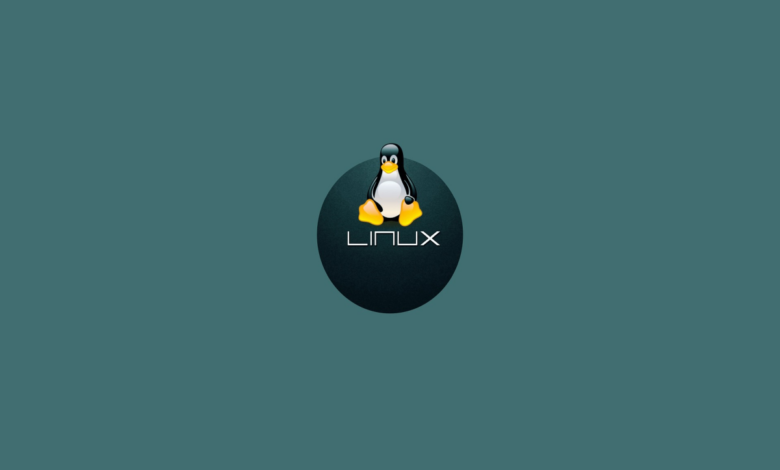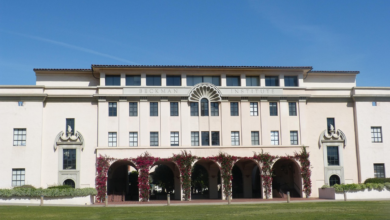
The founder and inventor of Linux is Linus Torvalds. He is Swedish but from Finland. Whilst studying in University of Helsinki 1991, he wanted to create his own Operating System.
Initially in 1987 he bought a Sinclair QL with his saving. That was commendable. Linus had enrolled in his first C language course in 1990. This shows “C is the mother of all languages” and the creativity that it inspires in a programmer. When you are an expert in C, you feel like you can create anything.’(in IT world).
The Following well Operating System:
- Unix-C
- MS-DOS-X86 and later in C.
- Windows-C and some assembly.
- Linux-C and assembly
- Macintosh-Objective C. This OS came in 1988. The first OS they used was Apple DOS which was developed. Then they used a OS named System 1-Systeem 7, until in 1988 they introduces Macintosh.
Linus Trovalds may owe his interest in computers and programming to his grandfather. His grandfather had a Commodore VIC-20 so by age 10 he was already proficient in operating system.
So why he invented Linux?
Linus invented Linux, since he wants less restrictions in using the OS. He was using DOS with a PC and whilst in university he developed the Linux kernel. The OS he wanted in his machine was UNIX, but did not have the money for it.
The advantages of Linux:
- Any body with knowledge of Coding or programming can change and customize Linux.
- Secure- It is very secure in comparison to some operating systems ,if not completely secure.
- Free
- Lightweight-require minimum of 128 MB of RAM.
- Stability
- Performance-High performance
- GUI
- Usage of USB/CD.
- Networking
The main difference that makes Linus Trovalds a legend is that
The Story of Linux: From Creation to Modern Impact
The Beginnings of Linux
The story of Linux begins with its founder, Linus Torvalds, a Finnish software engineer who revolutionized the operating system (OS) landscape. Although Swedish by ethnicity, Torvalds was born and raised in Finland. In 1991, while studying at the University of Helsinki, Torvalds embarked on an ambitious journey to create his own operating system. His motivation stemmed from a desire to develop an OS that was free from the restrictions imposed by existing systems like UNIX and MS-DOS.
Torvalds’ interest in computers and programming was kindled at an early age, thanks to his grandfather. His grandfather owned a Commodore VIC-20, which introduced a young Linus to computing. By the age of 10, Torvalds was already proficient in operating systems. In 1987, he purchased a Sinclair QL with his savings, a move that demonstrated his early passion and dedication to understanding computers. This experience laid the foundation for his future achievements.
Torvalds enrolled in his first C programming course in 1990, which proved pivotal in shaping his technical skills. Often referred to as the “mother of all programming languages,” C unlocked immense creative potential for Torvalds. His expertise in C later became instrumental in the development of the Linux kernel.
Why Linus Torvalds Created Linux
Torvalds’ journey into creating Linux was driven by necessity and curiosity. At the time, he was using MS-DOS on his PC, but he found it limiting. He wanted the power and flexibility of UNIX, a robust operating system widely used in academia and industry. However, UNIX was prohibitively expensive for a student. Frustrated by these limitations, Torvalds decided to create his own OS. His project, initially intended as a hobby, would eventually grow into one of the most significant technological innovations in history.
In 1991, Torvalds began developing the Linux kernel, the core component of what would become the Linux operating system. He shared his work with the programming community, inviting others to contribute. This collaborative approach was a radical departure from the proprietary model of software development that dominated the industry at the time.
What is Linux?
Linux is a Unix-like, open-source operating system. It is built around the Linux kernel, which Torvalds released under the GNU General Public License (GPL) in 1992. This licensing model allowed anyone to view, modify, and distribute the source code, fostering a spirit of collaboration and innovation.
Linux is written primarily in C, with some components in assembly language. Its design is modular, with a kernel at its core that manages system resources, and additional software layers providing user interfaces and functionality. Over time, various “distributions” (or “distros”) of Linux have emerged, catering to different user needs—from personal desktops to enterprise servers and embedded systems.
Advantages of Linux
The popularity of Linux can be attributed to its numerous advantages:
- Open Source:Anyone with programming knowledge can modify and customize Linux to suit their needs.
- Security:Linux is inherently secure, with robust user permissions, process isolation, and regular updates.
- Cost:Linux is free, making it accessible to individuals, organizations, and governments.
- Lightweight:Linux can run on minimal hardware, requiring as little as 128 MB of RAM.
- Stability:Known for its reliability, Linux is ideal for servers and mission-critical applications.
- High Performance:Linux excels in multitasking and resource management.
- Graphical User Interface (GUI):Modern Linux distributions provide user-friendly GUIs.
- Networking Capabilities:Linux offers robust tools for network management and security.
- Privacy:Linux users have greater control over their data compared to proprietary systems.
Popular Linux Distributions and Their Features
Several Linux distributions cater to different user needs. Here are some of the most popular ones:
Ubuntu
-
- User-friendly, ideal for beginners.
- Regular updates and extensive community support.
- Excellent for desktops, servers, and cloud environments.
Fedora
-
- Known for cutting-edge technology and features.
- Sponsored by Red Hat, it’s a favorite among developers.
- Strong focus on security and innovation.
Debian
-
- Stable and versatile, suitable for both desktop and server use.
- Provides a vast repository of software packages.
CentOS/AlmaLinux
-
- Enterprise-grade stability, ideal for servers.
- Derived from Red Hat Enterprise Linux (RHEL).
Arch Linux
-
- Designed for advanced users who prefer customization.
- Rolling release model ensures up-to-date software.
Kali Linux
-
- Tailored for penetration testing and ethical hacking.
- Comes pre-installed with security tools.
Linux vs. Windows
Cost: Linux is free, while Windows requires a license fee.
Customization: Linux offers unparalleled customization, whereas Windows is more rigid.
Security: Linux is less vulnerable to malware, thanks to its permission model and open-source nature. Windows, while improving, is still a common target for viruses.
Performance: Linux is lightweight and performs well on older hardware. Windows tends to require more resources.
Software: Windows has broader support for commercial software and games. Linux excels in open-source applications.
Ease of Use: Windows is generally easier for beginners. Linux distros like Ubuntu are closing this gap.
Support: Windows offers official support. Linux relies on community forums and documentation.
Functions and Features of Linux
- Multi-user Capabilities:Multiple users can use the system simultaneously.
- Multitasking:Linux can handle numerous tasks at once.
- Networking:Advanced networking tools for system administrators.
- Shell Scripting:Powerful command-line utilities and scripting options.
- Package Management:Efficient software installation and updates through package managers like APT and YUM.
- Virtualization:Linux supports virtualization tools like KVM and Docker.
Plan for Networking 12 Computers Using Linux
Objective: Set up a secure and efficient network for 12 computers in an office environment using Linux.
Step 1: Select the Right Topology
- Recommended Topology:Star Topology.
- Each computer connects to a central switch, ensuring reliability and ease of troubleshooting.
Step 2: Required Hardware
- 1 Switch (16 ports)
- Ethernet cables (Cat5e or Cat6)
- 12 Computers with NICs
- A server for central management
Step 3: Choose a Linux Distribution
- Server:Use Ubuntu Server or CentOS for managing the network.
- Clients:Use Ubuntu Desktop for user-friendly access.
Step 4: Install and Configure the Server
- Install the Linux distribution on the server.
- Set up DHCP to assign IP addresses dynamically.
- Configure a DNS server for name resolution.
- Set up Samba for file sharing.
- Configure a firewall (e.g., UFW or iptables) for security.
Step 5: Configure the Clients
- Install the Linux distribution on each client computer.
- Connect each client to the switch using Ethernet cables.
- Verify network connectivity and access to shared resources.
Step 6: Implement User Management
- Use Linux’s multi-user capabilities to create and manage user accounts.
Step 7: Test and Optimize
- Test the network for connectivity and performance.
- Optimize settings for speed and security.
Conclusion: Linus Torvalds—A Legend in Computing
Linus Torvalds’ creation of Linux marked a turning point in the history of computing. By prioritizing collaboration and openness, he fostered an ecosystem that empowers developers and benefits users worldwide. Today, Linux continues to drive innovation, from supercomputers to smartphones, and its legacy as a transformative technology remains unparalleled.


